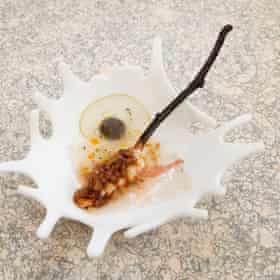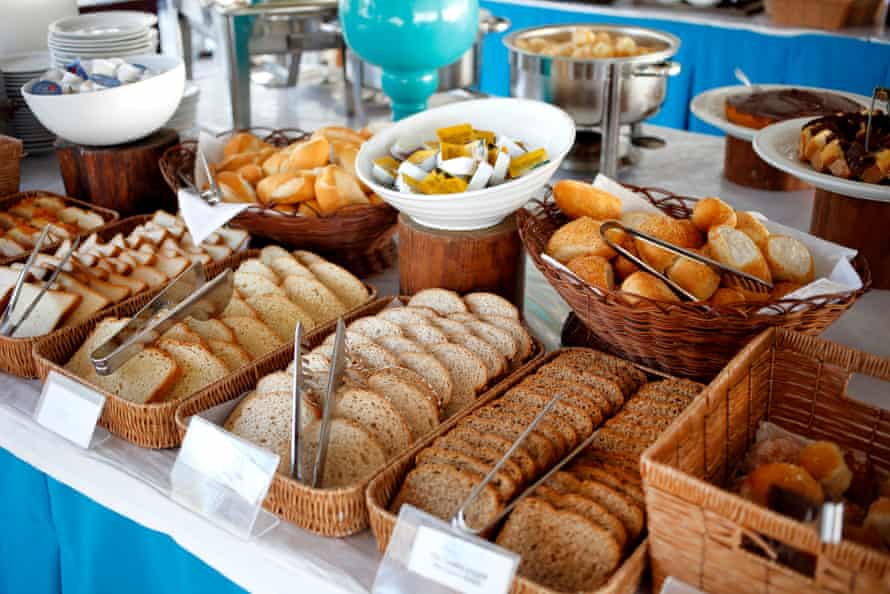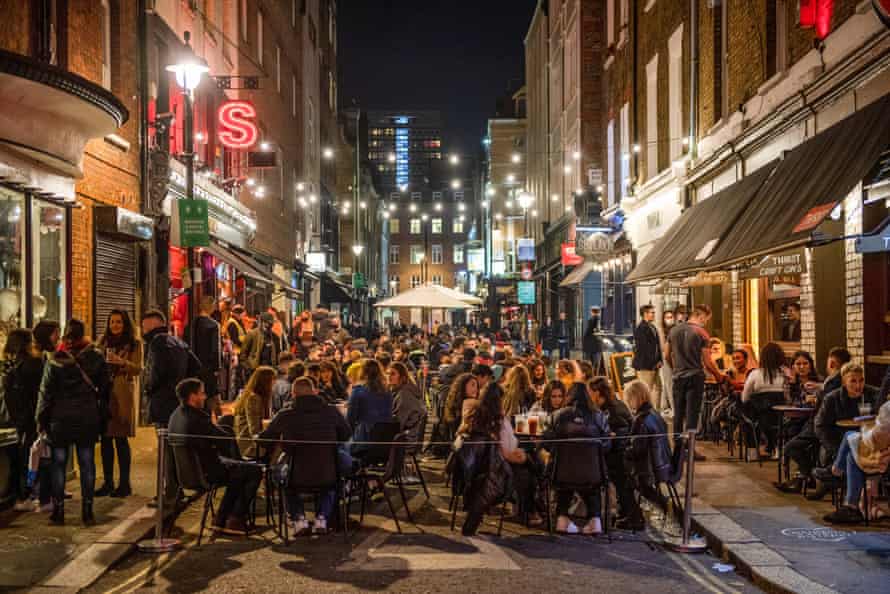I vividly remember the conversation as we were walking through Covent Garden back in early February, on the way home from dinner at the Korean restaurant Yori. Or at least my idiotic part in it. “It sounds like flu,” I said, tipsy on a surfeit of peach soju. “I’ve had bad flu before and, well, it didn’t kill me. How bad can this Covid thing be?”
Reports of this lurgy weren’t the type of problem I had time for. Not when there were proper things to worry about, such as how the British restaurant scene in early 2020 was so jubilant, and there was so much going on, that paying it tribute was quite difficult to plot. Poor me, I know. I needed to make the time to go to Abergavenny to revisit The Walnut Tree, perhaps in the spring, then hopefully another dinner at Gareth Ward’s very brilliant Ynyshir; there were openings to review in Edinburgh, and I’d possibly already spent too much time in the food quarter of Ancoats, which some Mancunians were calling Scrancoats.

I’d spent early 2020 railing against the things I saw as real issues in hospitality: the seemingly unstoppable food-hall scene that stole 50 quid out of your purse for a bespoke burger and the privilege of ferrying your own drinks from the bar; I was similarly irked by the steep rise of low-intervention wine flights, servers spending aeons lecturing me on food waste, and was wary about an upcoming visit to Tom Aikens’ new conceptual dining space, Muse, where the menu wasn’t a list of dishes but a list of feelings (one dish was called “Conquering the Beech Tree. My first memory as a child was a sense of fearlessness; I was always taking risks and looking for challenges. We had a very tall and beautiful copper beech tree in our garden that I would climb again and again. As chefs, we must always challenge ourselves.”)
What a list of ridiculous non-problems this seems now, because that Covid thing turned out to be very nasty indeed. It transpires that, even when well-oiled on Korean liqueur, I am no epidemiologist.
In March, when almost everything stopped – stoves off, chairs up, staff furloughed or let go – a reality set in that restaurants may never be quite the same again. Like many of us, I self-soothed for a bit with home cooking, planning and list-making, with lentil-soaking and seed-sowing, and with setting the alarm for 4am to secure a supermarket delivery slot. I used up browning bananas in cakes, joined an underground network of people who knew where Be-Ro flours were stocked, and stopped just short of naming a sourdough starter.
I began in great feisty spirit, but by June had fallen into a pattern of dull pasta dinners and possibly too many glasses of nullifying rosé. Super Saturday in July saw some restrictions lift and some restaurants reopen, although, in some ways, this (temporary) freedom merely gave me a chance to take stock of what we’d lost, potentially for ever. Finding an open Pret a Manger was suddenly a struggle. Breakfast buffets were unhygienic. Bars in hotels were closed until further notice. Organising an impromptu meal with friends was now a delicate ballet, peopled with those who could and would come out and those who wouldn’t dare leave the house. “What do the rules say we can do?” was a question my friends and I debated constantly.

There were moments of joy at The Clarence Tavern in Stoke Newington, Chuku’s in Tottenham and The Curlew in Bodiam, East Sussex, but then the R rate rose again and the shutters came down again. Early autumn was the season of the fancy DIY restaurant food kit, which I don’t really believe any restaurant is making any profit from. These kits feel more like a flag in the sand that indicates: “Somewhere here lies an almost-alive restaurant.” And although I’m happy to try cooking at home, I could do without all the leftover plastic. Each delivery flooded my house with tiny pots, silver foil, plastic bags and insulating foam, and then, after the cooking, there was all the washing-up and removing badly piped ganache from the ceiling.

All the second lockdown did was reinforce my love of being cooked for. In fact, a plate of food made by a chef and placed in front of me with a smile is certainly one of the great joys of being human. As 2021 draws near, I realise the thing I’ll miss most about the future is the thrill of a full-to-the-brim Friday night restaurant. I mourn the days of bustling, chaotic service, noisy dining rooms and leaning in so close to a friend that you can feel their spittle in your ear as they vent. Those days are gone, I think. I’ll miss sticky, laminated menus covered in fingerprints, and seeing the faces of the people serving me. I’ll miss each restaurant that isn’t coming back. I’ll miss my naivety that night in Covent Garden, full of Korean liqueur and kimchi and pajeon, that a little virus could change anything. The future of eating out is mysterious and ever-changing. I promise to carry on going out there, and dutifully reporting back.
from Lifestyle | The Guardian https://ift.tt/3arm6av
via IFTTT

comment 0 Comment
more_vert